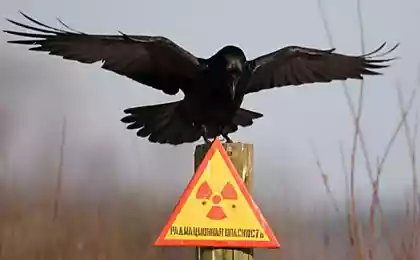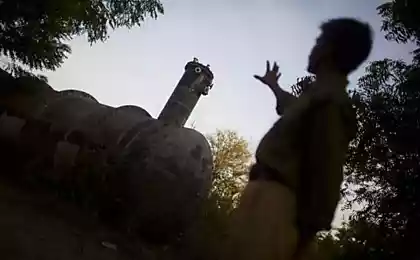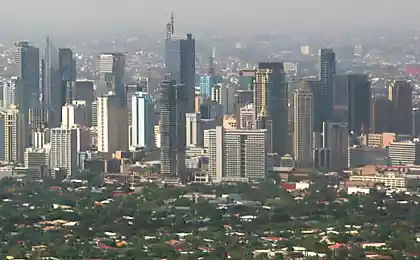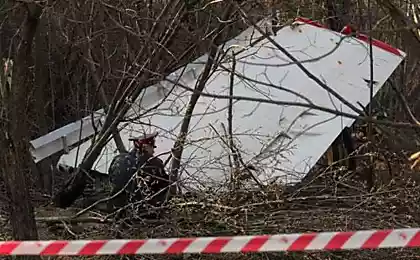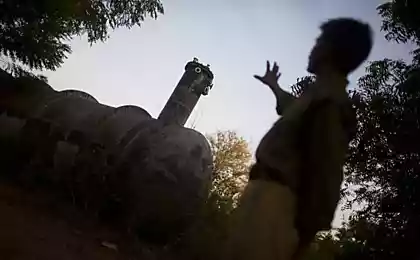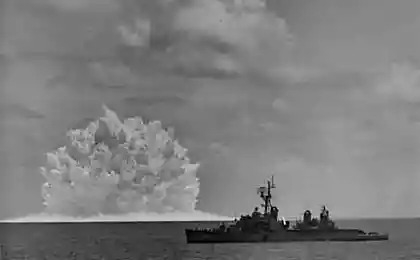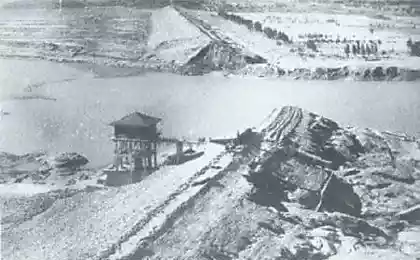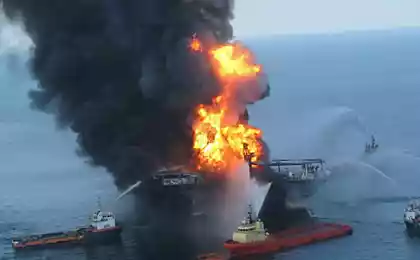1068
The worst nuclear disaster the world
The main sources of radioactive pollution are the nuclear weapons tests, accidents at nuclear power plants, as well as radioactive waste.
Natural radioactivity (including radon gas) also contributes to the level of radioactive contamination of the environment.
The following is a chronology of the largest accidents at nuclear power plants and factories in the world.
10 photos
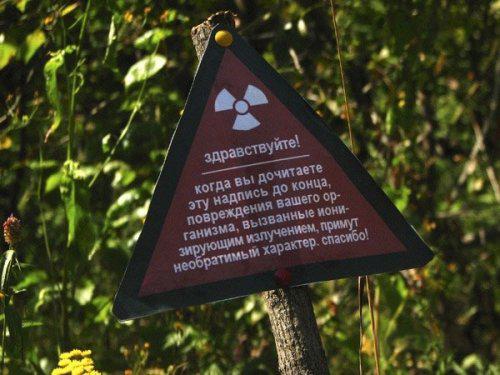
1. The worst nuclear disaster in US history occurred at the nuclear power plant Three Mile -Aylend in Pennsylvania.
Around 140,000 people have been forced from their homes after the failure of a number of equipment problems with nuclear reactors and as a result of human factors that led to the meltdown of the nuclear fuel in the reactor TMI 2.
While this has led to an increase in the melting of the radiation background at the station, the victims among the population was not.
However, she suffered a nuclear power.
The incident caused a wave of protests among the population and led to the fact that the commission dealing with nuclear power, was forced to tighten control over the industry.
It was also halted construction of new nuclear power plants for a period of thirty years.
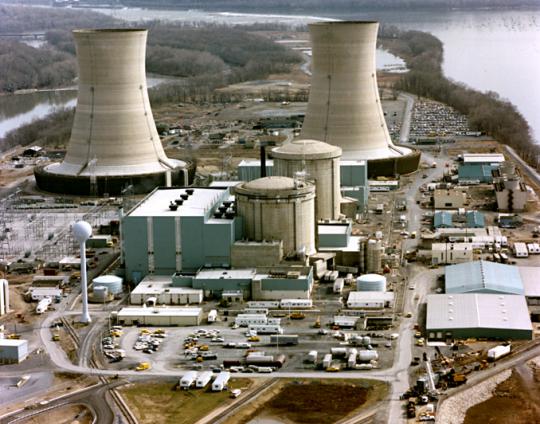
2. October 10, 1957 an indefinite amount of radioactive substances were released into the atmosphere after a fire broke out at a reactor nuclear power plant in Windscale, UK.
This event, known as the "fire in the Windscale", went down in history as the most serious nuclear accident in the United Kingdom.
Fifty years later, the researchers reported that the mortality rate and the incidence of cancer among the workers, who in 1957 took part in the accident, "does not confirm that the incident had any whatsoever impact on health."
Windscale nuclear power station was shut down and closed.
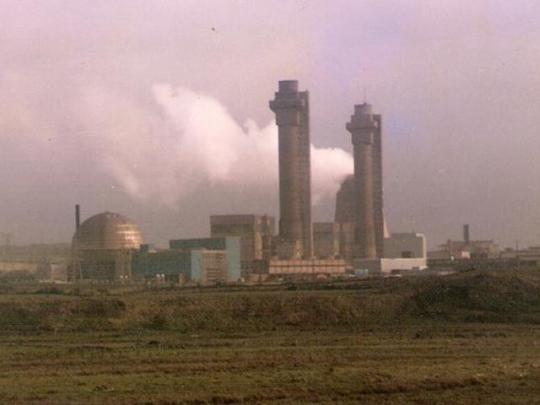
3. In this photo taken Nov. 10, 2000 - control room and equipment damage in the building of reactor number 4 at the Chernobyl nuclear power plant. It is here that the radiation Geiger counters recorded 80,000 micro-roentgen per hour, which is 16,000 times higher than the permissible value. The fourth reactor of the Chernobyl nuclear plant in Ukraine, then part of the Soviet Union exploded April 26, 1986, causing the appearance of a cloud of radioactive dust over Europe.
About 200 people died because of the explosion caused the fire, and damage to the reactor, which led to the radiation emissions.
The researchers who noted an increase in the number of cases of thyroid cancer in the region, it is believed that the reason was the Chernobyl accident.
However, the impact on human health in the long term is still unknown, and, as experts believe, the effects may occur many years later.
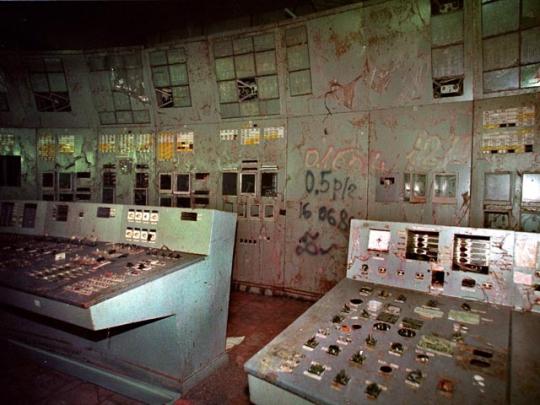
4. The fire and the subsequent wave of protests of the population caused a stop for fourteen years breeder reactor on fast neurons "Monju" in Tsuruga, Fukui Prefecture, west of Tokyo.
About 278 people were injured as a result of four consecutive releases of radioactive substances.
These emissions, which were also responsible for the evacuation of the local population, according to the power equal to 200 atomic bombs similar to those dropped on Hiroshima at the end of the Second World War.
The official, who was investigating the situation, and later committed suicide by jumping from the roof of the hotel in Tokyo.
He was accused that he was trying to hide the fact of an accident, fearing the possible consequences.
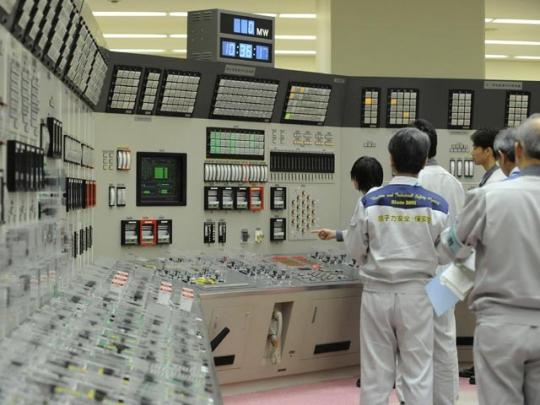
5. In April 1993, the Soviet Union announced the explosion at a secret facility for processing nuclear fuel far away from Tomsk. It was believed that this object is part of the cycle of nuclear technology to build nuclear weapons components, because the authorities did their best to prevent the leakage of information.
The exact number of victims is unknown.
Despite the end of the period of "cold war", the area remains closed, and the documents are checked for newcomers checkpoints, one of which was captured in a photograph.

6. Japanese Tokaimura city became a place of the most serious nuclear accident since the 1986 Chernobyl nuclear power plant.
September 30, 1999 as a result of the accident at the uranium processing plant, killing two workers and more than 600 people received a dose of radiation. The subsequent investigation of the incident revealed cases of fraud and neglect of safety rules.
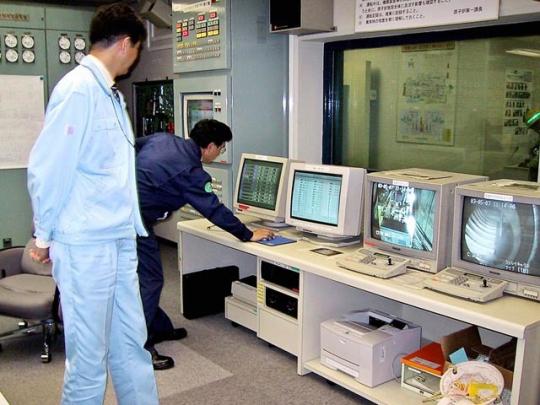
7. The vapor over the third reactor nuclear power plant "Mihama" August 10, 2004. Four workers were killed, seven people were injured.
The explosion was caused by a corroded pipe that has not been tested for 28 years.
The then Minister of Economy of Japan Shoyshi Nakagawa said: "The pipe looked awful, was very thin, even unprofessional opinion».
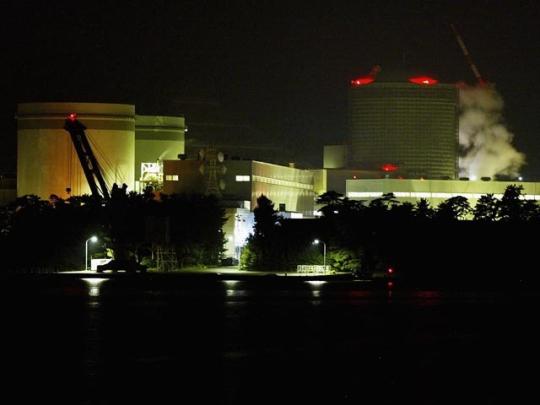
8. On 6 March 2006 the nuclear plant in Erwin, Tenn leaked uranium, causing irradiation 1,000.

9. The first block of the nuclear power plant "Fukushima-1", the picture was taken March 11, 2011. As a result of what happened in Japan, a powerful earthquake, an explosion occurred at the plant, which led to the release of significant amounts of radioactive substances into the atmosphere and the evacuation of local residents from the territory with a radius of 20 kilometers.
The earthquake caused damage to the cooling system, causing increased pressure on the concrete walls surrounding the reactor.
Immediately after the blast, officials assured that the release of small and affected by irradiation only three people ...
via

Source:
Natural radioactivity (including radon gas) also contributes to the level of radioactive contamination of the environment.
The following is a chronology of the largest accidents at nuclear power plants and factories in the world.
10 photos

1. The worst nuclear disaster in US history occurred at the nuclear power plant Three Mile -Aylend in Pennsylvania.
Around 140,000 people have been forced from their homes after the failure of a number of equipment problems with nuclear reactors and as a result of human factors that led to the meltdown of the nuclear fuel in the reactor TMI 2.
While this has led to an increase in the melting of the radiation background at the station, the victims among the population was not.
However, she suffered a nuclear power.
The incident caused a wave of protests among the population and led to the fact that the commission dealing with nuclear power, was forced to tighten control over the industry.
It was also halted construction of new nuclear power plants for a period of thirty years.

2. October 10, 1957 an indefinite amount of radioactive substances were released into the atmosphere after a fire broke out at a reactor nuclear power plant in Windscale, UK.
This event, known as the "fire in the Windscale", went down in history as the most serious nuclear accident in the United Kingdom.
Fifty years later, the researchers reported that the mortality rate and the incidence of cancer among the workers, who in 1957 took part in the accident, "does not confirm that the incident had any whatsoever impact on health."
Windscale nuclear power station was shut down and closed.

3. In this photo taken Nov. 10, 2000 - control room and equipment damage in the building of reactor number 4 at the Chernobyl nuclear power plant. It is here that the radiation Geiger counters recorded 80,000 micro-roentgen per hour, which is 16,000 times higher than the permissible value. The fourth reactor of the Chernobyl nuclear plant in Ukraine, then part of the Soviet Union exploded April 26, 1986, causing the appearance of a cloud of radioactive dust over Europe.
About 200 people died because of the explosion caused the fire, and damage to the reactor, which led to the radiation emissions.
The researchers who noted an increase in the number of cases of thyroid cancer in the region, it is believed that the reason was the Chernobyl accident.
However, the impact on human health in the long term is still unknown, and, as experts believe, the effects may occur many years later.

4. The fire and the subsequent wave of protests of the population caused a stop for fourteen years breeder reactor on fast neurons "Monju" in Tsuruga, Fukui Prefecture, west of Tokyo.
About 278 people were injured as a result of four consecutive releases of radioactive substances.
These emissions, which were also responsible for the evacuation of the local population, according to the power equal to 200 atomic bombs similar to those dropped on Hiroshima at the end of the Second World War.
The official, who was investigating the situation, and later committed suicide by jumping from the roof of the hotel in Tokyo.
He was accused that he was trying to hide the fact of an accident, fearing the possible consequences.

5. In April 1993, the Soviet Union announced the explosion at a secret facility for processing nuclear fuel far away from Tomsk. It was believed that this object is part of the cycle of nuclear technology to build nuclear weapons components, because the authorities did their best to prevent the leakage of information.
The exact number of victims is unknown.
Despite the end of the period of "cold war", the area remains closed, and the documents are checked for newcomers checkpoints, one of which was captured in a photograph.

6. Japanese Tokaimura city became a place of the most serious nuclear accident since the 1986 Chernobyl nuclear power plant.
September 30, 1999 as a result of the accident at the uranium processing plant, killing two workers and more than 600 people received a dose of radiation. The subsequent investigation of the incident revealed cases of fraud and neglect of safety rules.

7. The vapor over the third reactor nuclear power plant "Mihama" August 10, 2004. Four workers were killed, seven people were injured.
The explosion was caused by a corroded pipe that has not been tested for 28 years.
The then Minister of Economy of Japan Shoyshi Nakagawa said: "The pipe looked awful, was very thin, even unprofessional opinion».

8. On 6 March 2006 the nuclear plant in Erwin, Tenn leaked uranium, causing irradiation 1,000.

9. The first block of the nuclear power plant "Fukushima-1", the picture was taken March 11, 2011. As a result of what happened in Japan, a powerful earthquake, an explosion occurred at the plant, which led to the release of significant amounts of radioactive substances into the atmosphere and the evacuation of local residents from the territory with a radius of 20 kilometers.
The earthquake caused damage to the cooling system, causing increased pressure on the concrete walls surrounding the reactor.
Immediately after the blast, officials assured that the release of small and affected by irradiation only three people ...
via

Source:



